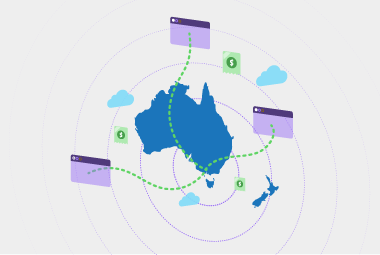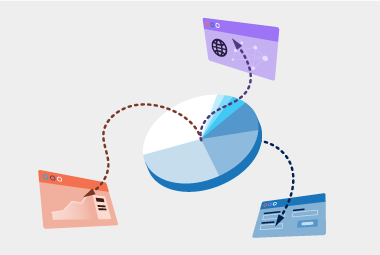What is eInvoicing?
eInvoicing enables organisations to send and receive invoices electronically, directly to and from their software. It removes the need for unnecessary data entry and inaccurate OCR scanning. eInvoicing in Australia and New Zealand is provided through a network of interoperable Access Points, like MessageXchange, conforming to the Peppol standard. The standard was developed in Europe, but has been adopted around the world, including here in October 2019.The current state of eInvoicing
The term ‘eInvoicing’ has been thrown around here in Australia for a number of years now. It really started to gain traction in 2019 when Australia and New Zealand signed a trans-Tasman eInvoicing agreement, allowing it easier for businesses both countries to exchange eInvoices. Today, the largest users of eInvoicing are government agencies. The Australian government is providing incentives for suppliers to use eInvoicing by promising suppliers with contracts less than $1 million payment within 5 days of issuing an eInvoice. In New Zealand, the government have set a target to pay 95% of all domestic invoices within 10 business days and eInvoicing is one of the key strategies to help reach it. New Zealand Inland Revenue (NZIR) was one of the first New Zealand government agencies to use eInvoicing. The focus for NZIR was to pay invoices early to help suppliers’ cash flow and to give them a seamless experience. Check out the case study here. The New South Wales state government has been a leader in eInvoicing in Australia. The Department of Customer Service (NSW DCS) recently implemented eInvoicing as part of the NSW Digital Government Strategy. The strategy’s purpose is to offer digital services that benefit customers and suppliers. Learn more about NSW DCS eInvoicing journey here. Some of the government agencies that are currently up and running with eInvoicing include:- The Australian Taxation Office (Australian government department)
- The Department of Finance (Australian government department)
- Services Australia (Australian government department)
- The Treasury (Australian government department)
- New South Wales Department of Customer Service (Australian state government department)
- New South Wales Department of Premier and Cabinet (Australian state government department)
- New South Wales Treasury (Australian state government department)
- New South Wales Health (Australian state government department)
- New Zealand Government Procurement (New Zealand government department)
- New Zealand Inland Revenue (New Zealand government department)
What's next?
The government is currently looking for ways to increase the uptake of eInvoicing. The 2020 Budget here in Australia includes $120 million in funding to help businesses implement digital technologies. It also includes $3.6 million to make eInvoicing mandatory for all government agencies by the 1st of July 2022. If you want to get all the latest eInvoicing news, sign up for our newsletter below.Newsletter
Sign up to get the latest eInvoicing updates
Stay up-to-date with industry news, useful blogs and whitepapers, expert tips and more.


